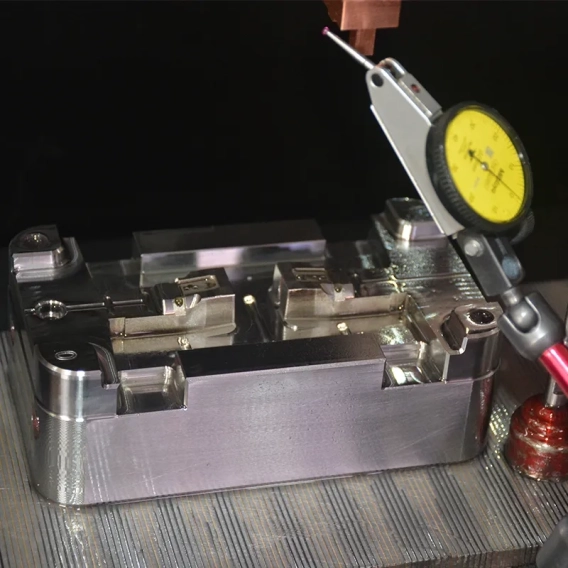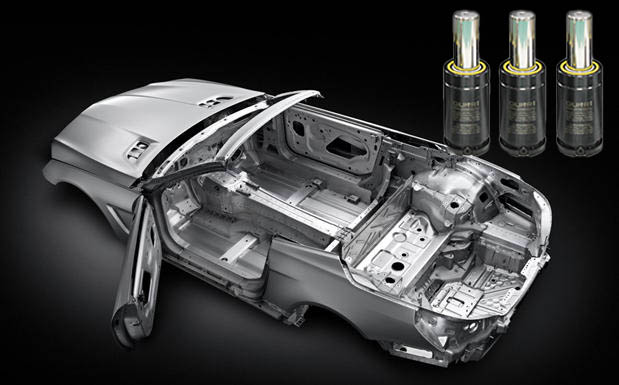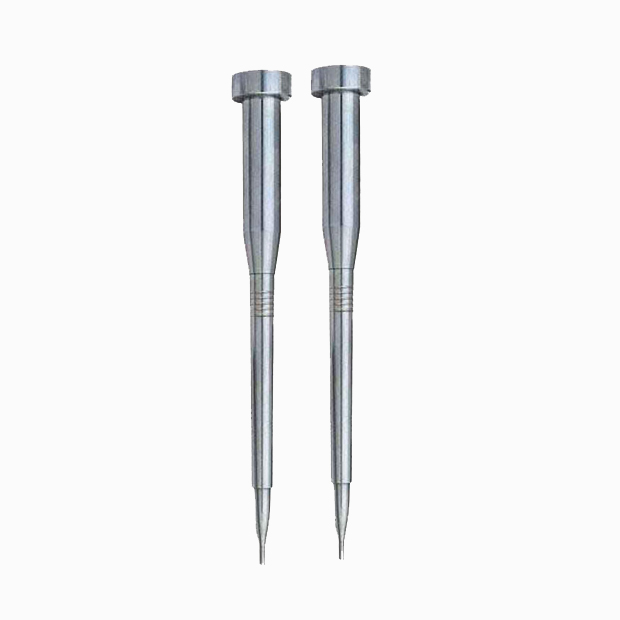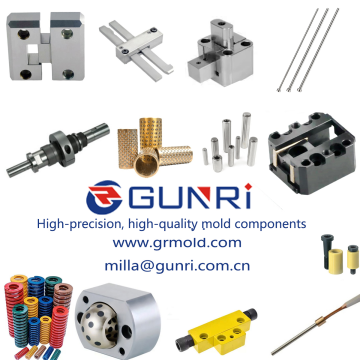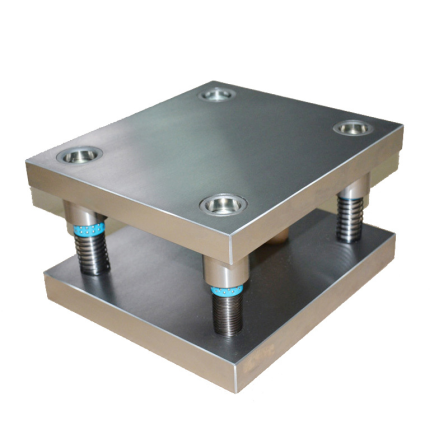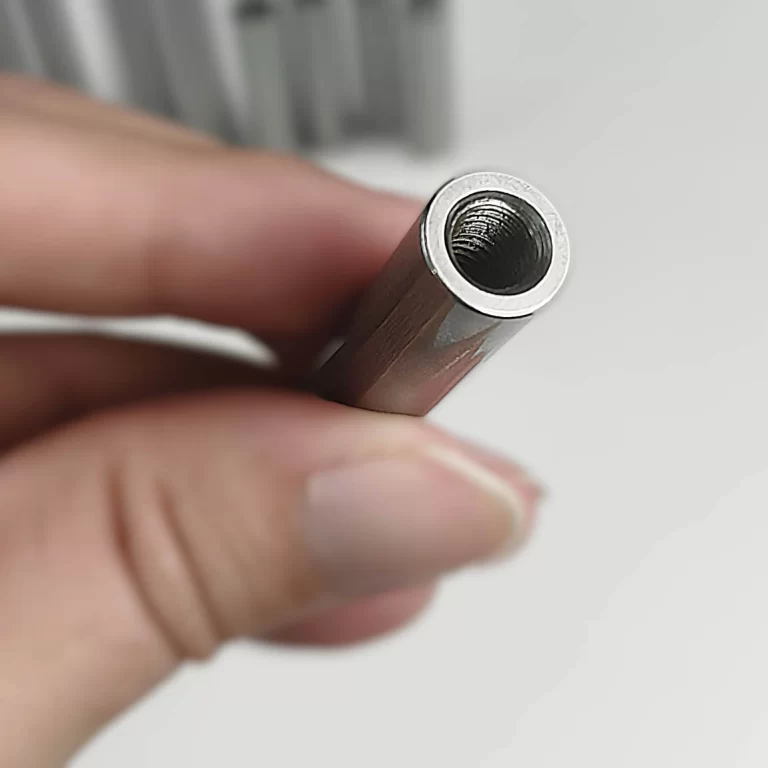Exploring Different Sprue Types in Plastic Molding
In plastic molding, the choice of sprue design plays a crucial role in the injection molding process. Various sprue types are employed to cater to the specific requirements of the product being manufactured and the properties of the plastic material used. Let’s delve into these different sprue configurations:
Direct Sprue:
Direct sprue design involves introducing the molten material directly into the plastic mold cavity through a short runner. This approach is best suited for molds with a single cavity, typically used for box-like or shell-like plastic products. Direct sprues offer advantages such as minimal pressure loss and easy venting, but they leave behind noticeable sprue marks that can be challenging to remove after molding.
Fan-Shaped Sprue:
Fan-shaped sprues gradually widen from the runner to the cavity, effectively reducing flow marks and directional stresses. This design is particularly ideal for long, flat, or thin products. The angle of the fan-shaped sprue depends on the product’s shape, and it’s essential to ensure that the cross-sectional area of the sprue is smaller than that of the runner.
Point Sprue:
Point sprues have a small cross-sectional area, resembling a pin. They are typically used for plastics with excellent flow characteristics. Point sprues are often shorter than their diameter and find common application in the production of covers, shells, and large surface area products. Their advantage lies in the automatic detachment from the molded part, leaving minimal sprue marks. However, the use of small sprues may result in pressure loss and injection molding defects such as flow lines, burns, and black spots.
Side Sprue:
Side sprues are typically located on one side of the product and are often designed on the parting line of the mold. They enable the introduction of plastic melt into the mold cavity from either the inside or outside. The cross-sectional shape is mostly rectangular, and the width and thickness of the sprue can be adjusted to control the melt’s shear rate and the sprue’s solidification time.

